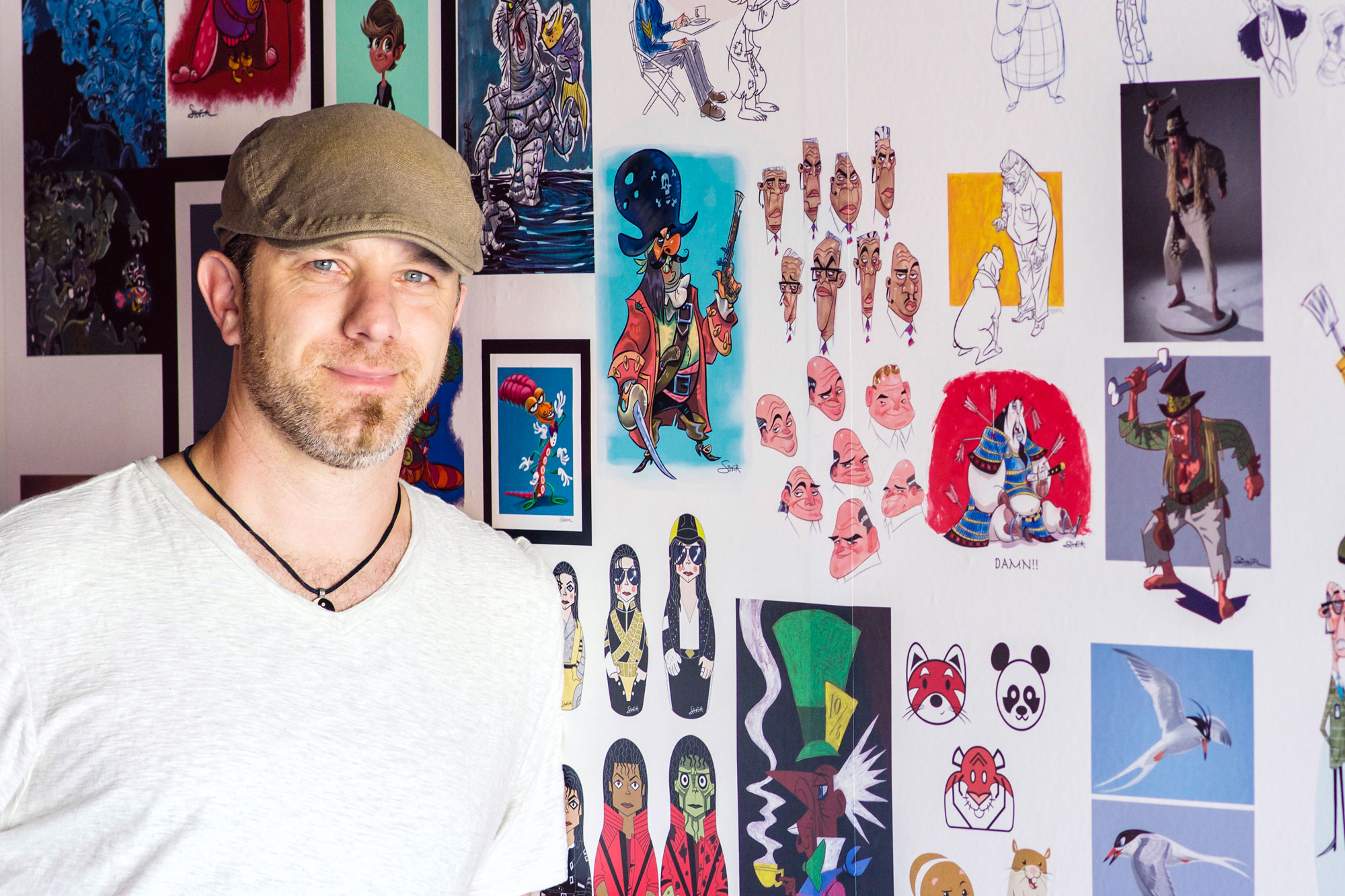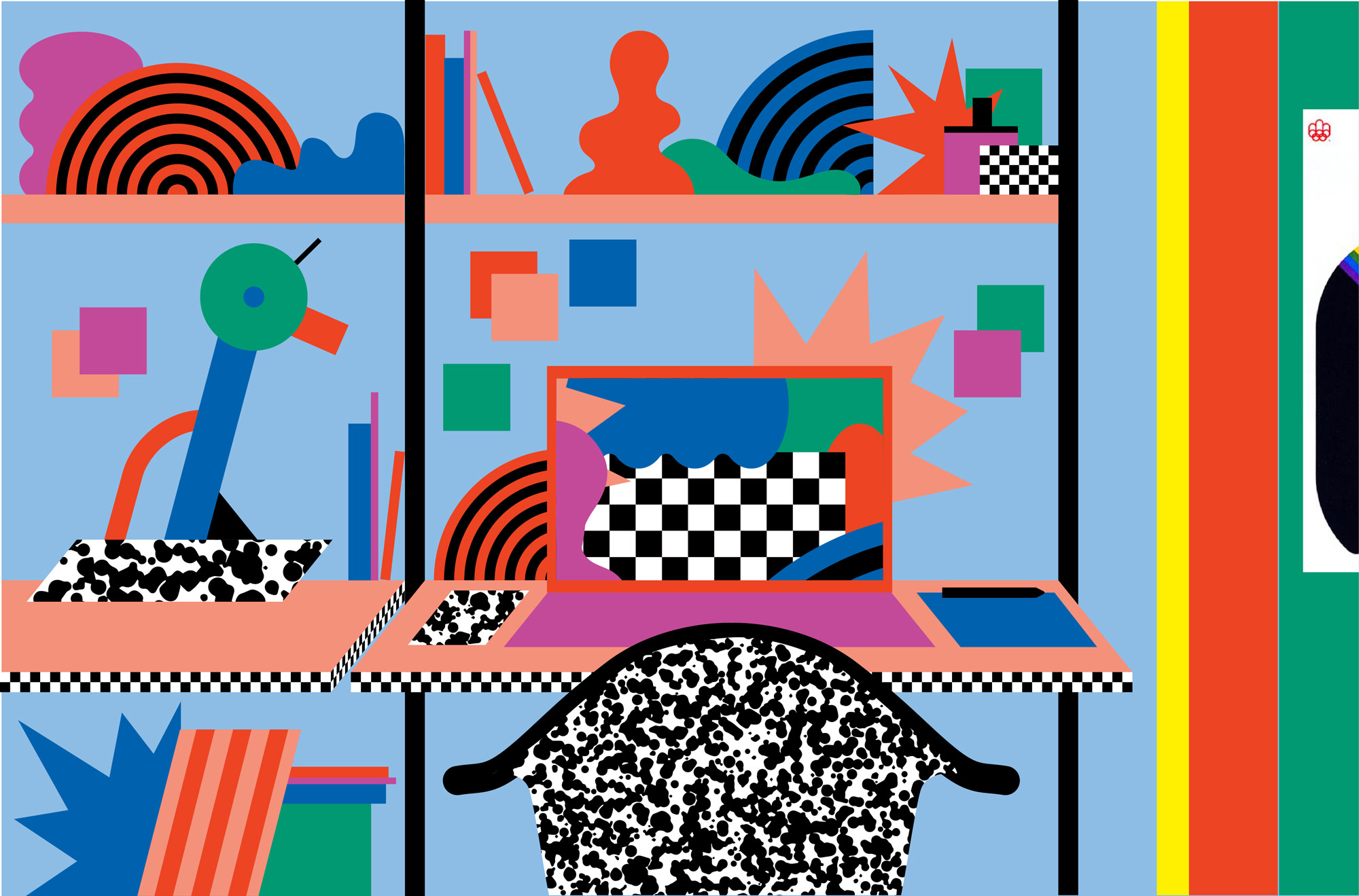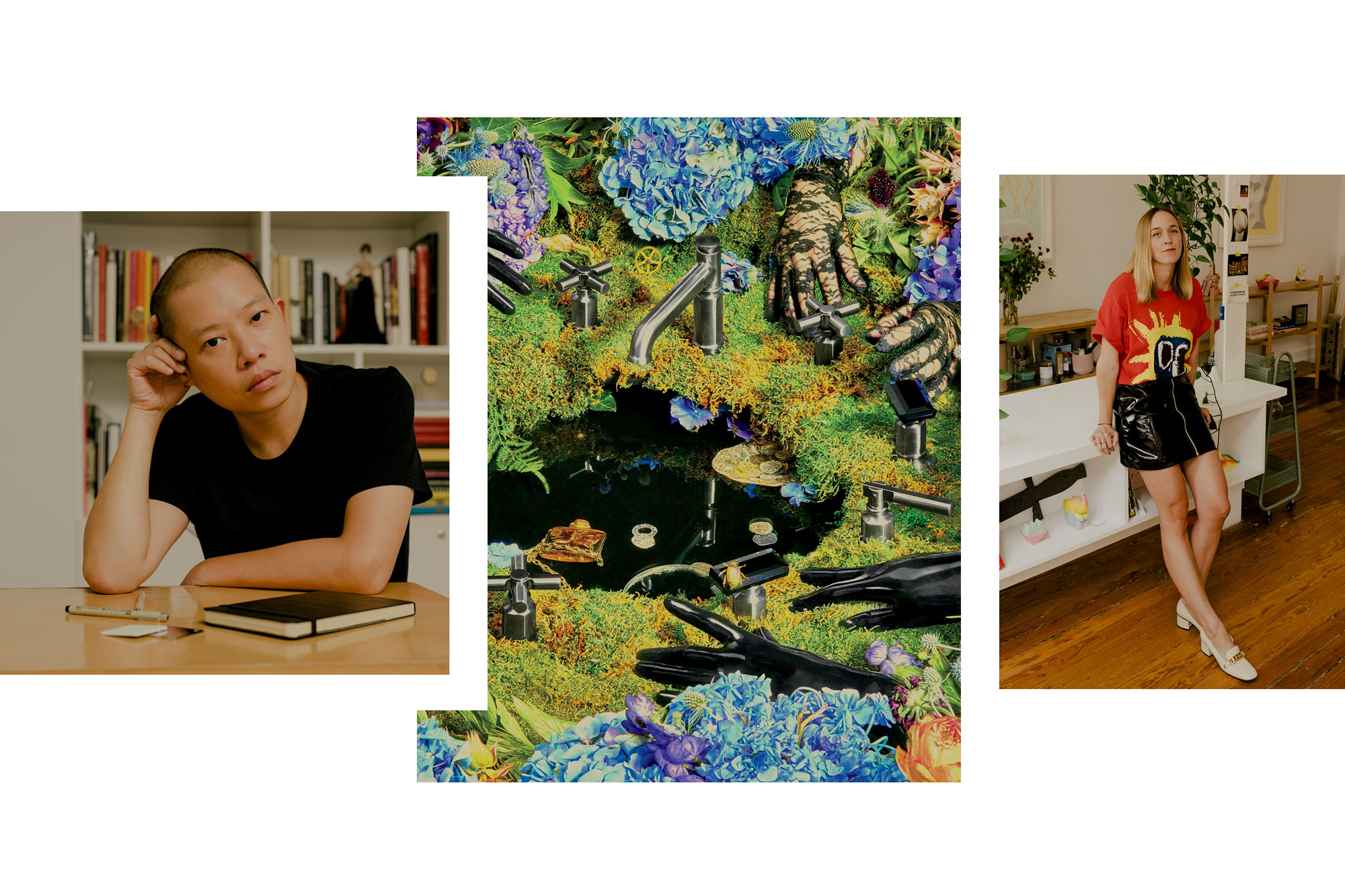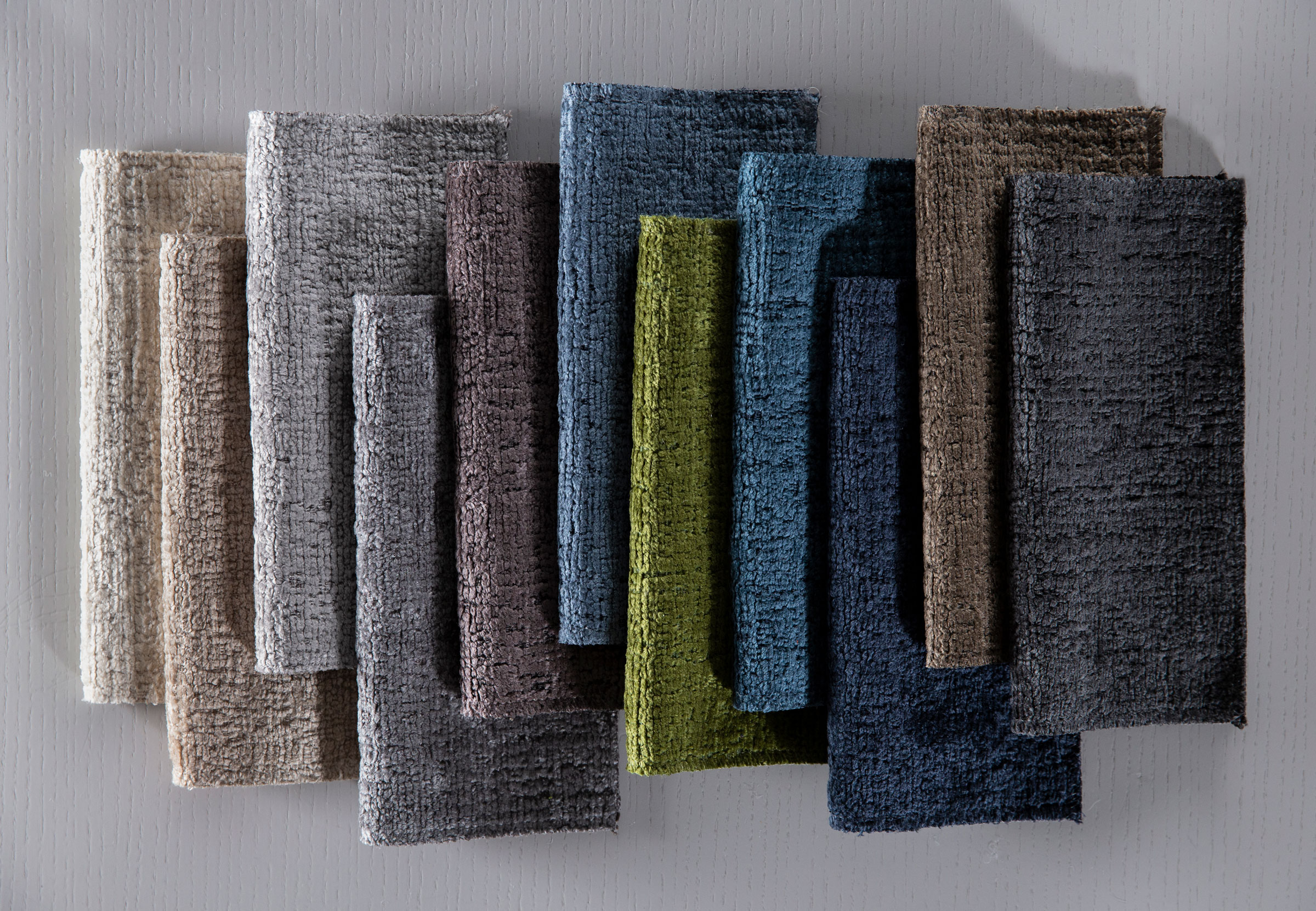Stephen Silver is a professional artist, cartoonist, and character designer from London. He was the lead character designer for popular animated series like Kim Possible and Danny Phantom. Silver has designed characters for Disney Television Animation, Sony Feature Animation, and Nickelodeon Animation. He shared some of his best professional perspective and advice with us.
Build a thick skin.
I started doing caricatures when I was 18. Because I was drawing live and people stood right behind me I would hear things like, “That looks nothing like him,” or “That looks horrible.” Some people would walk away without paying. I even had people rip up my drawings. By going through that at a young age, I developed a really thick skin.
Put your work out there.
If you’re afraid to show anything, you’re not going to improve. Jump on the bike and start riding—you’ve got to fall down, too. Don’t get angry and don’t get upset. Just keep moving forward. That’s how you’re going to get where you need to go.
[rp4wp]
Be prepared.
I encourage my students when we go over assignments, but I also tell them they need to be prepared for criticism. People are going to change your work 1,000 times in this industry. You’re going to turn in something to a client and they’re going to tell you no—go back to the drawing board. If you can’t handle that, maybe it’s the wrong industry for you.
Do your research.
In my caricature days people told me I wasn’t capturing a likeness. So I started copying a lot of MAD Magazine and examining artists’ work. Say one of the artists was drawing a caricature of Tom Cruise. I’d look at actual photos of Tom Cruise and try to find images that matched what I thought the artist had used as a reference. Then I’d study the caricature to figure out why their drawing looked so much like Tom Cruise and mine didn’t.
Practice, practice, practice.
When I was working in animation, I had to do a lot of turnarounds, which is where you have to show every single angle of your character. You’re creating this character out of your head, so it’s hard. I was told that I needed to improve my construction. That’s why I studied the technique and practiced. When I have to focus on anatomy or draw an animal I’ve never drawn before, I know I’m not going to be good at it. I just keep practicing.
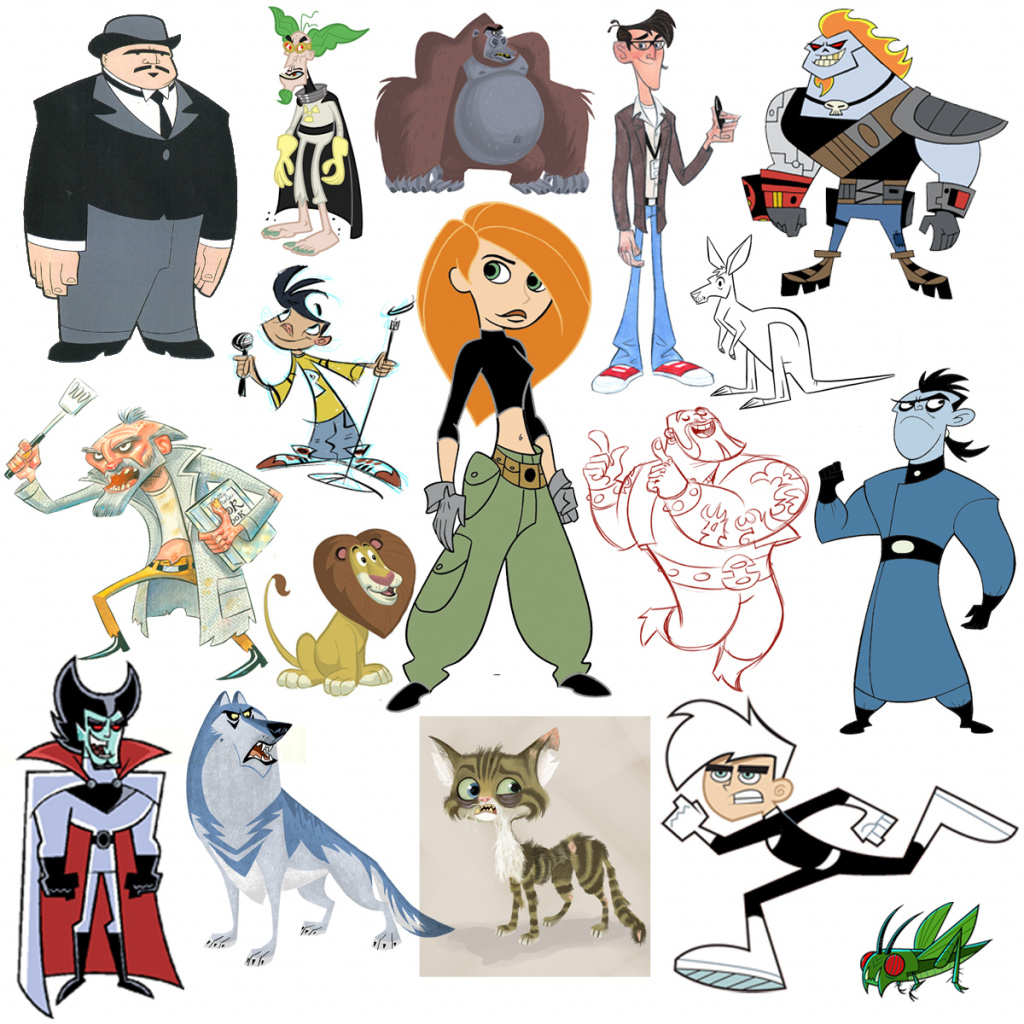
Don’t let comparisons get you down.
Avoid competing with others. If you’re comparing yourself to others all the time, that’s when criticism truly starts to hurt. In the age of social media, people spend more time comparing themselves to everyone else. They think they’ll never be able to compete with other artists they see online, so they never even try.
Drown out the noise.
Social media is a floodgate. Once your artwork is posted, you worry what others are going to say. Say only three out of your 500 friends like the post. You may think, “If I can’t even get five of my friends to like my artwork, how are strangers going to like it?” The only way to break through is by drowning out the noise and not letting social media control you. Step back or get off social media completely.
Meet with professionals.
If you can, go to a convention. Plan who you are going to meet. Find an artist whose work you admire who is working in your desired industry. If you’re intimidated and don’t know what to say, prepare questions. Say something like, “I’m looking to become a character designer in the animation industry. This is what I’m working on. What sort of recommendations do you have for me to improve?” Make eye contact and listen.
“Many people never share any artwork because they’re so afraid of criticism. If you’re afraid to show anything, you’re not going to improve.”
Share your work with the right people.
Get as many critiques as possible. You can’t keep showing your artwork to just friends and parents. Criticism gives you an honest threshold of where you stand instead of a pat on the back. It’s like American Idol. You get these people who think they can sing, but they can’t. Artists need that reality check.
Go for it.
When I was a teenager, I was afraid to ask to set up a caricature stand at a mall. The management people were intimidating. They were older than me and wore suits. My dad told me the worst they’re going to do is say no. That’s stuck with me. The worst anyone is ever going to say is no.
Photos courtesy of Stephen Silver
This article originally appeared in the Fall/Winter 2018 issue of Sixtysix. Subscribe today.
